Astrobiology Magazine
-

Driest Place on Earth Hosts Life
Researchers have pinpointed the driest location on Earth in the Atacama Desert, a region in Chile already recognised as the most arid in the world. They have also found evidence […]
-

Mystery Methane on Mars: The Saga Continues
A scientist has raised questions about the latest detection of methane on Mars, suggesting that NASA’s rover could be responsible for the mysterious burp. Highly unlikely, but not impossible, says […]
-
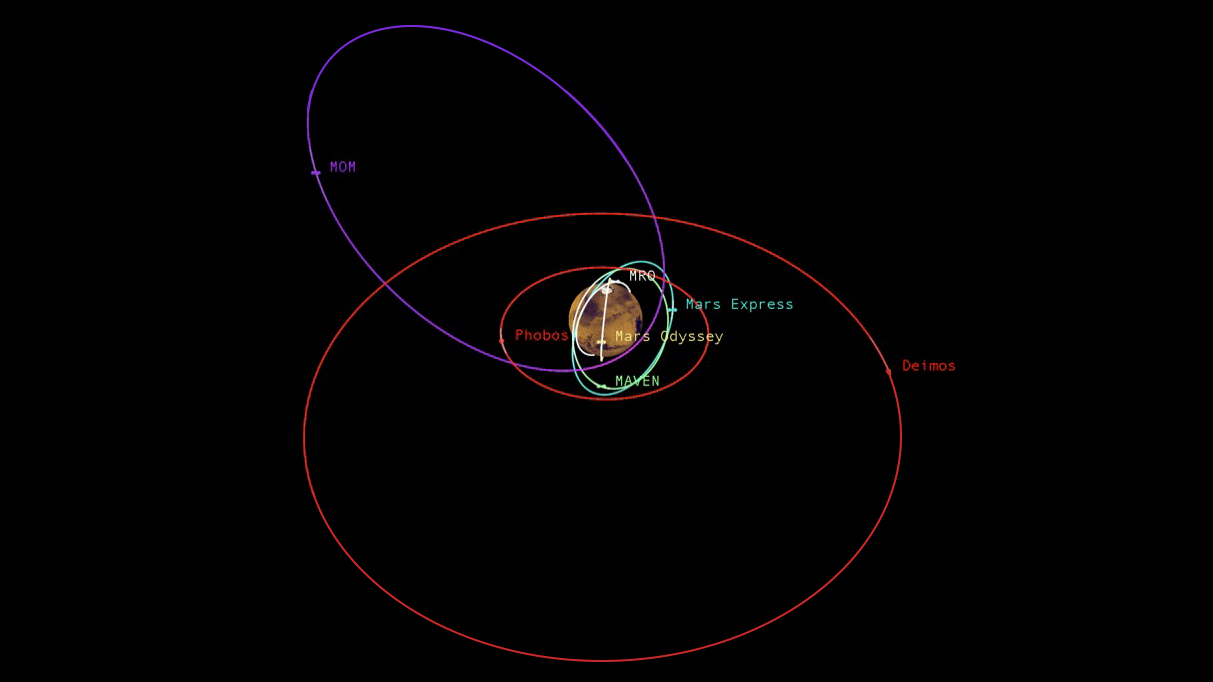
Traffic Around Mars Gets Busy
NASA has beefed up a process of traffic monitoring, communication and maneuver planning to ensure that Mars orbiters do not approach each other too closely.
-
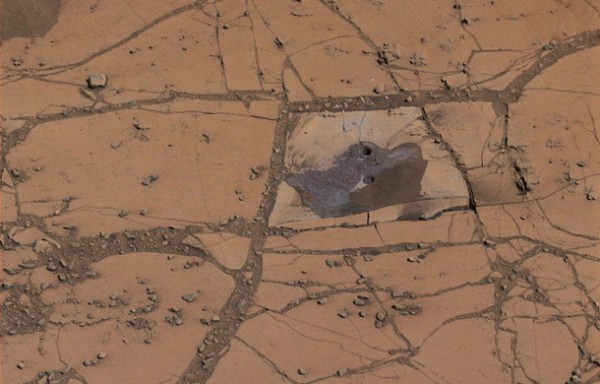
Iron-Rich Rocks Could Hold Signs of Life
A robotic mission’s search for life on Mars may seem worlds away from human scientists wandering around hot springs in Yellowstone National Park. But a study of the Yellowstone hot […]
-
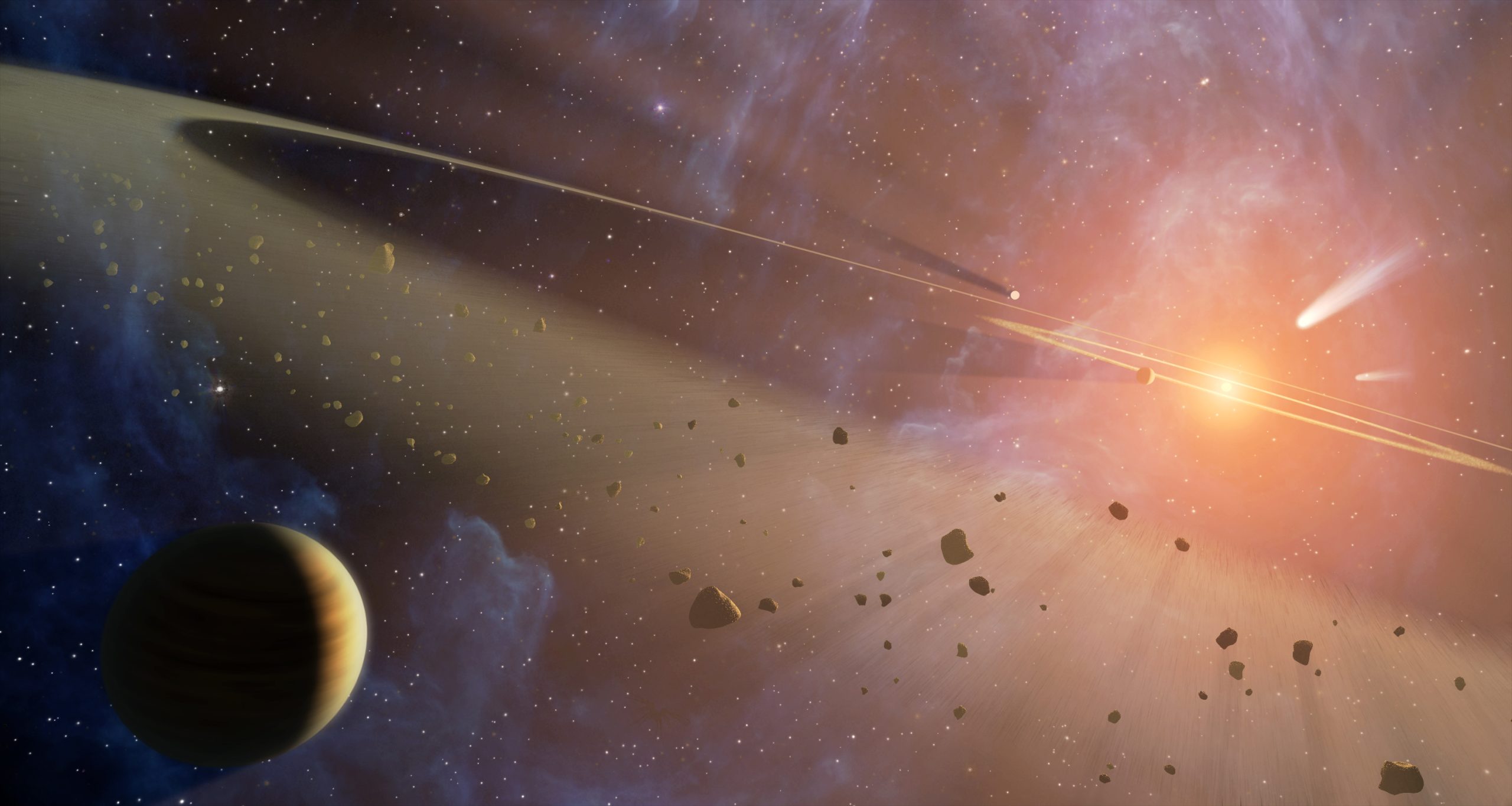
Life’s Building Blocks Recreated Under Space-Like Conditions
Researchers have reproduced a wide array of building blocks for life in a prebiotic scenario involving meteorites and the solar wind. They began with formamide, a simple organic compound that’s […]
-
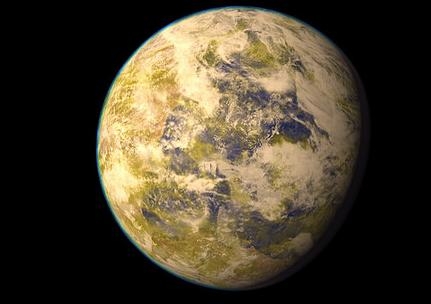
“Venus Zone” Narrows Search for Habitable Planets
In order to weed out Venus-like planets from those that would be more habitable, several scientists, including planetary scientist Stephen Kane of San Francisco State University, proposed the establishment of […]
-

Viruses Help Microbial Hosts Cope with Life at the Extremes
A new study reveals that viruses lend a surprisingly helpful hand to microbes eking out a living near deep-sea hydrothermal vents. When they infect the vent’s resident bacteria and archaea, […]
-
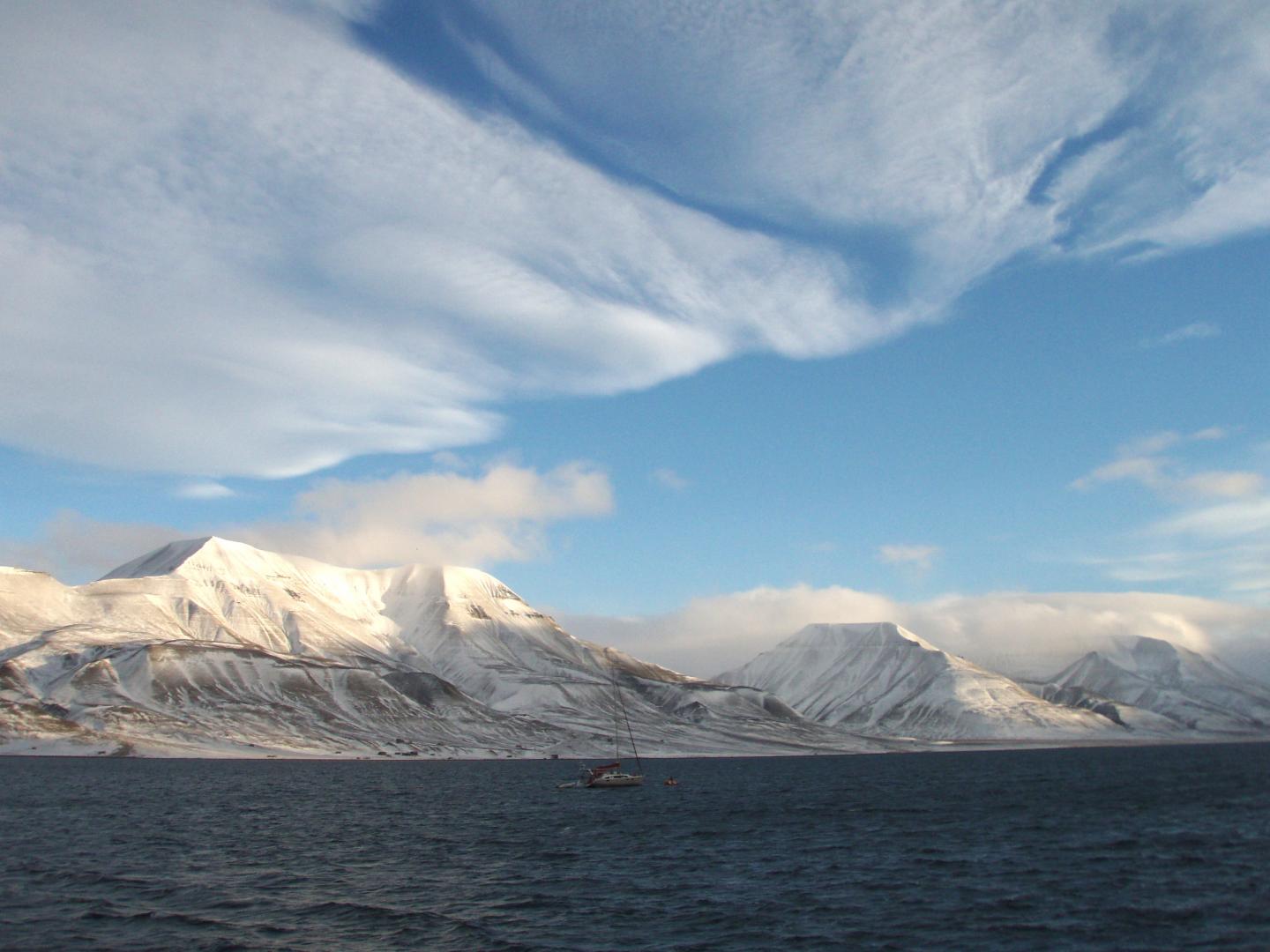
Geologist identifies new source of methane for gas hydrates in Arctic
Research led by a University of New Hampshire professor has identified a new source of methane for gas hydrates — ice-like substances found in sediment that trap methane within the […]
-
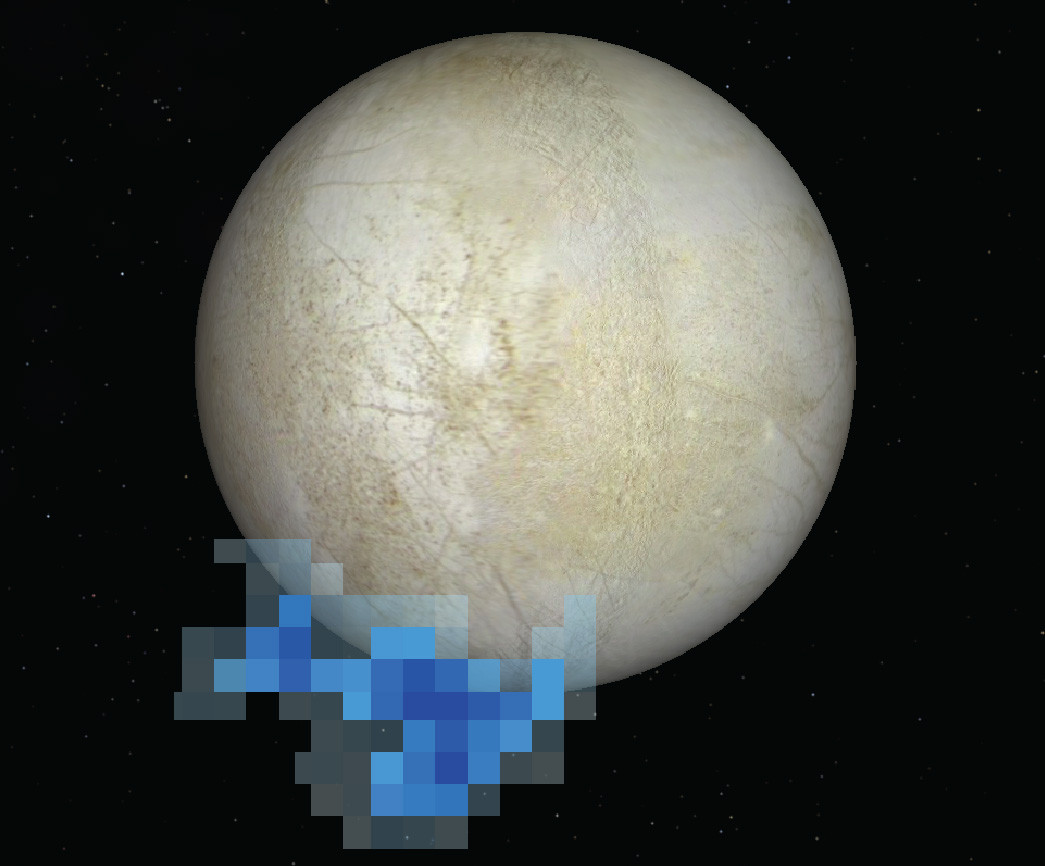
Europa’s Elusive Water Plume Paints Grim Picture For Life
A new paper reveals that Europa’s atmosphere is 100 times less abundant than claims in previous publications, and composed mainly of atomic rather than molecular oxygen.
